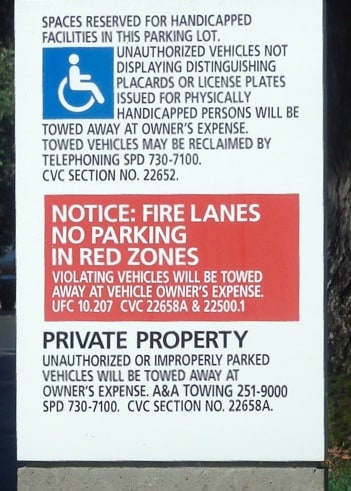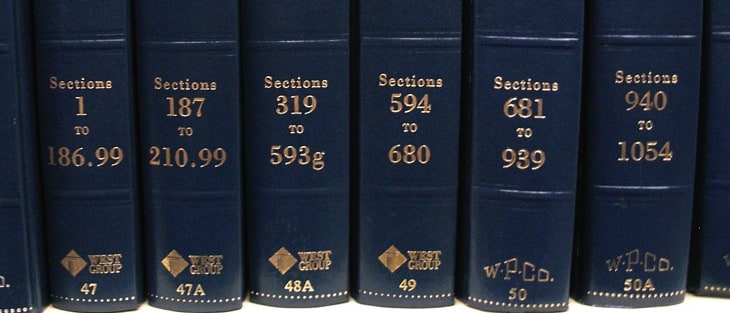The law of the United States comprises many levels of codified and uncodified forms of law, the supreme of which is the United States Constitution, the foundation of the federal government of the United States. The Constitution sets out the boundaries of federal law, which consists of Acts of Congress, treaties ratified by the Senate, regulations promulgated by the executive branch, and case law originating from the federal judiciary.
Sources of law
n the United States, the law is derived from five sources: constitutional law, statutory law, treaties, administrative regulations, and the common law (which includes case law)
Where Congress enacts a statute that conflicts with the Constitution, state or federal courts may rule that law to be unconstitutional and declare it invalid.
Constitutionality
Notably, a statute does not automatically disappear merely because it has been found unconstitutional; it may, however, be deleted by a subsequent statute. Many federal and state statutes have remained on the books for decades after they were ruled to be
of stare decisis, no sensible lower court will enforce an unconstitutional statute, and any court that does so will be reversed by the Supreme Court.

Levels of law
During the 18th and 19th centuries, federal law traditionally focused on areas where there was an express grant of power to the federal government in the federal Constitution.
- Federal law
Federal law originates with the Constitution, which gives Congress the power to enact statutes for certain limited purposes like regulating interstate commerce.
- Common law
Federal law originates with the Constitution, which gives Congress the power to enact statutes for certain limited purposes like regulating interstate commerce.
- State law
Constitution, federal statutes, or international treaties ratified by the federal Senate. Normally, state supreme courts are the final interpreters of state constitutions and state law, unless their interpretation.
- Local law
States have delegated lawmaking powers to thousands of agencies, townships, counties, cities, and special districts. And all the state constitutions, statutes and regulations.
State legal systems

- Law of Alabama
- Law of Alaska
- Law of Arizona
- Law of Arkansas
- Law of California
- Law of Colorado
- Law of Connecticut
- Law of Delaware
- Law of Florida
- Law of Georgia (U.S. state)
- Law of Hawaii
- Law of Idaho
- Law of Illinois
- Law of Indiana
- Law of Iowa
- Law of Kansas
- Law of Kentucky
- Law of Louisiana
- Law of Maine
- Law of Maryland
Legal subjects
Criminal law involves the prosecution by the state of wrongful acts which are considered to be so serious that they are a breach of the sovereign's peace (and cannot be deterred or remedied by mere lawsuits between private parties). Generally, crimes can result in
incarceration, but torts (see below) cannot. The majority of the crimes committed in the United States are prosecuted and punished at the state level.


